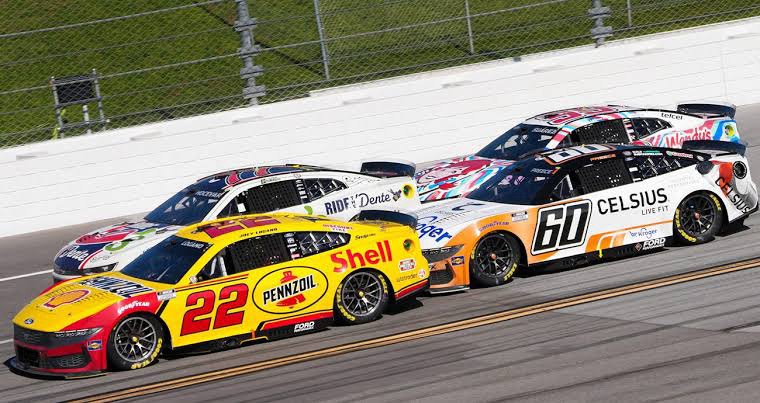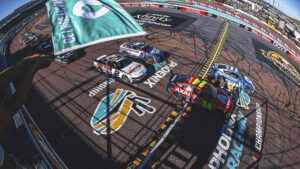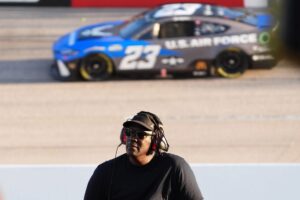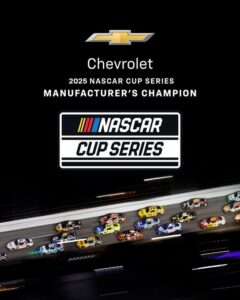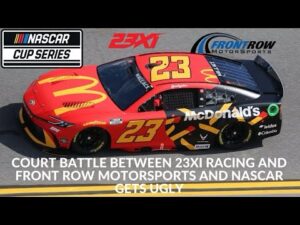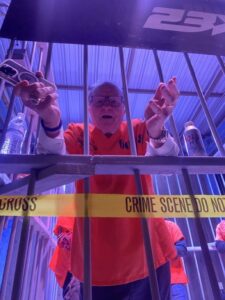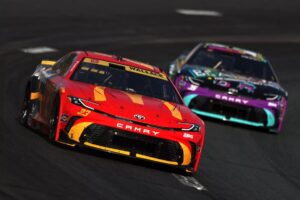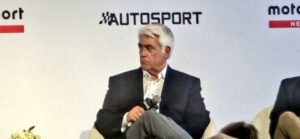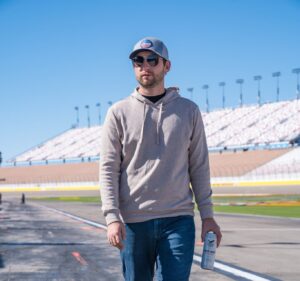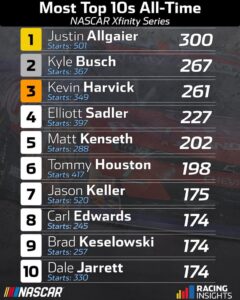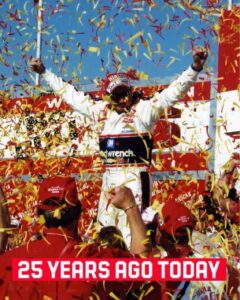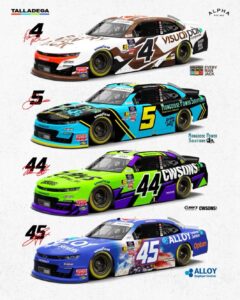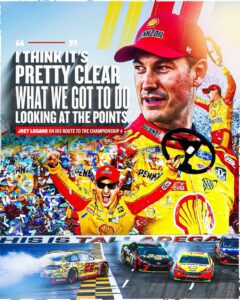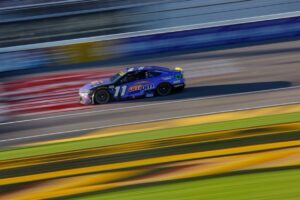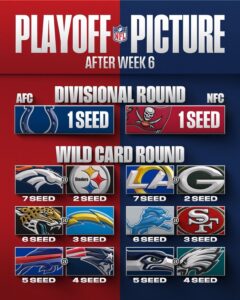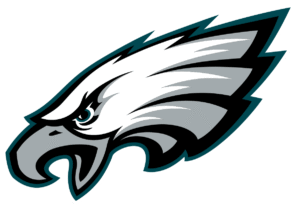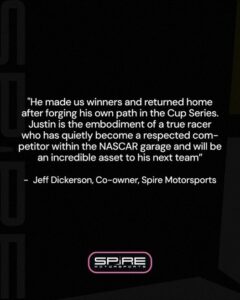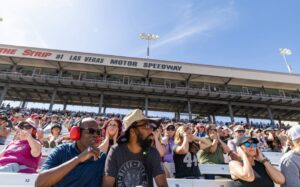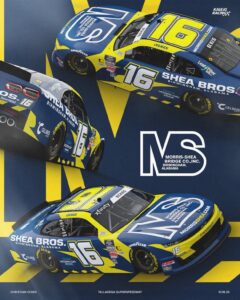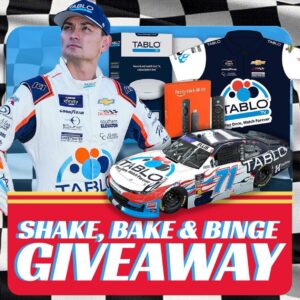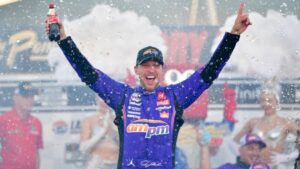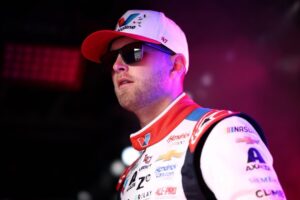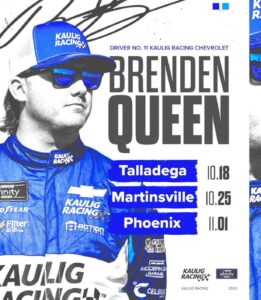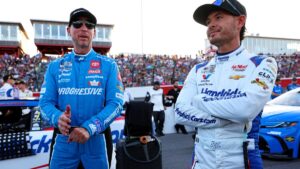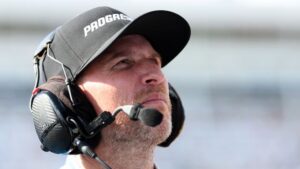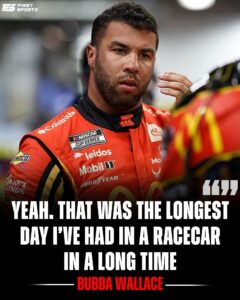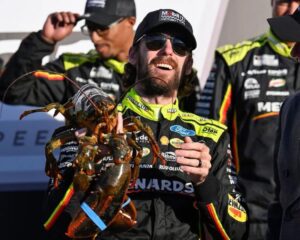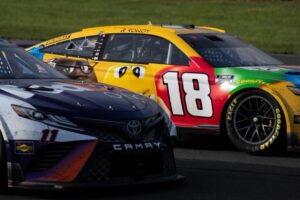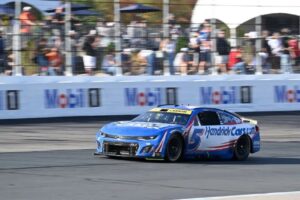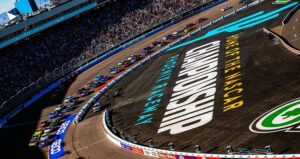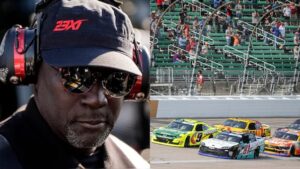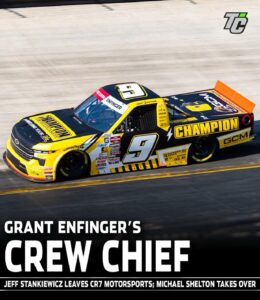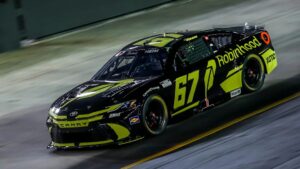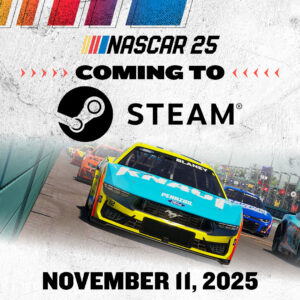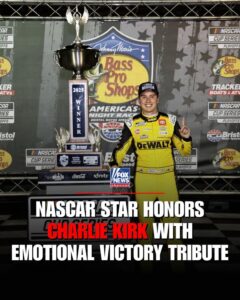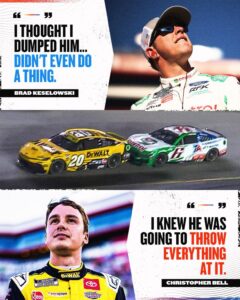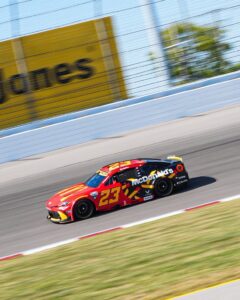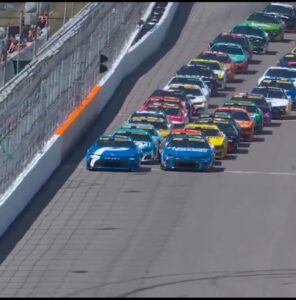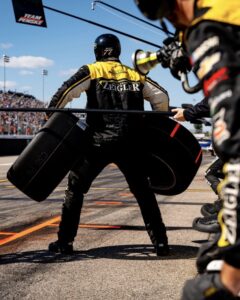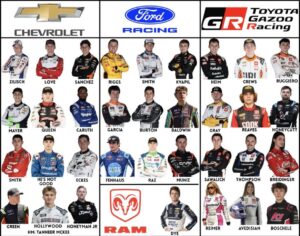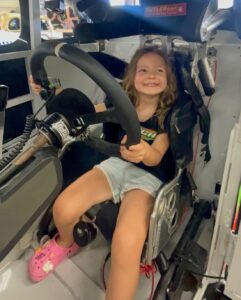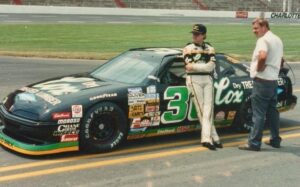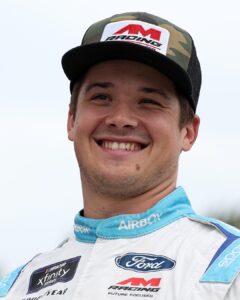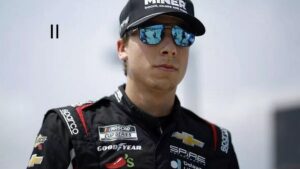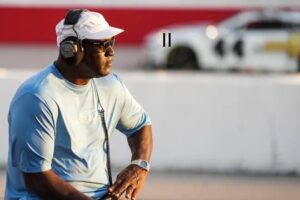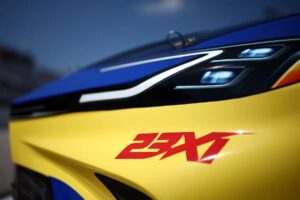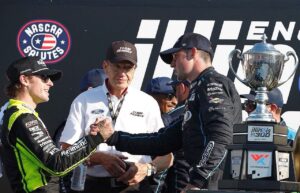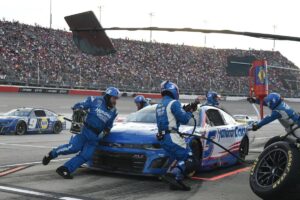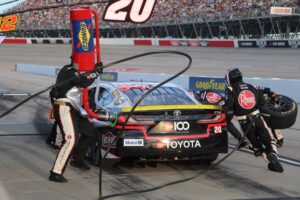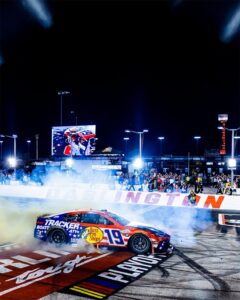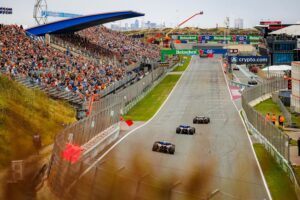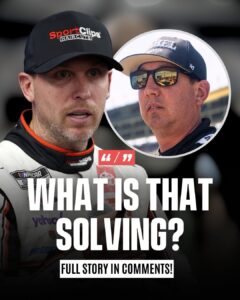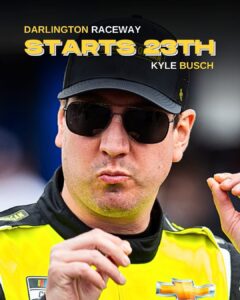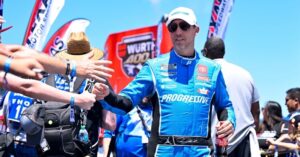NASCAR is doing everything it can to grow. From bold moves like the Clash at the Coliseum in Los Angeles, to street racing in downtown Chicago, the sport is aggressively trying to reach new audiences and reignite interest in markets that haven’t traditionally been stock car strongholds. It’s a commendable effort—creative, daring, and long overdue. But there’s a glaring problem: the on-track product, particularly at short tracks, simply isn’t good enough right now to back up those ambitions.
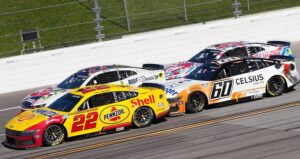
Short tracks are supposed to be the soul of NASCAR. Tight confines, hard braking, heavy contact, and tempers flaring—that’s the image many fans conjure when they think of grassroots racing. But in recent years, that promise hasn’t been delivered. The current short track package—defined by low horsepower, high downforce, and limited tire wear—has neutered what should be chaotic, high-intensity battles into processional parades that lack urgency, strategy, or real drama.
This is especially damning when NASCAR brings its product to brand new fans. First impressions matter. If your first-ever race is a dull 400-lap slog with limited passing and no real sense of excitement outside of stage breaks or late-race restarts, why would you come back? That’s what happened in Los Angeles. NASCAR brought its unique flavor of racing to the middle of a football stadium in the country’s second-largest market, and then gave fans a mostly forgettable product that felt more like a concept than a legitimate race. It was visually impressive, sure. But if the racing doesn’t deliver, the spectacle fades fast.
And it’s not just L.A. The same story has played out at Martinsville, Richmond, and even Bristol—once iconic battlegrounds now struggling to live up to their reputations. The cars are too stuck to the track. There’s not enough off-throttle time. Tire falloff is minimal. Contact doesn’t produce consequences. Without caution flags, many short track races devolve into long, uneventful stretches where track position becomes the single most important—and nearly unchangeable—variable.
The fans know it. The drivers know it. And the numbers reflect it. While NASCAR continues to innovate in its marketing and outreach, its most traditional venues are seeing lackluster attendance and viewer fatigue. That’s not just a racing problem—that’s a business problem. You can’t market your way out of an underwhelming product.
To be clear, NASCAR’s willingness to try new things is a positive sign. The street race in Chicago was an inspired risk that delivered in large part because the race itself was genuinely compelling. It worked because the event and the racing aligned. But that alignment isn’t happening at short tracks, and until it does, NASCAR is putting itself at risk every time it pitches a new audience on its most disappointing formula.
The fix isn’t simple, but it’s necessary. Whether it’s more horsepower, less downforce, softer tires, or some combination of all three, NASCAR needs to re-prioritize the racing product before it asks new fans to buy into it. Because if the action on the track doesn’t thrill, no amount of fireworks, concerts, or creative venues will keep people coming back.
NASCAR has the right idea. But it’s time to make sure the racing itself is worthy of the stage it’s trying to build.
